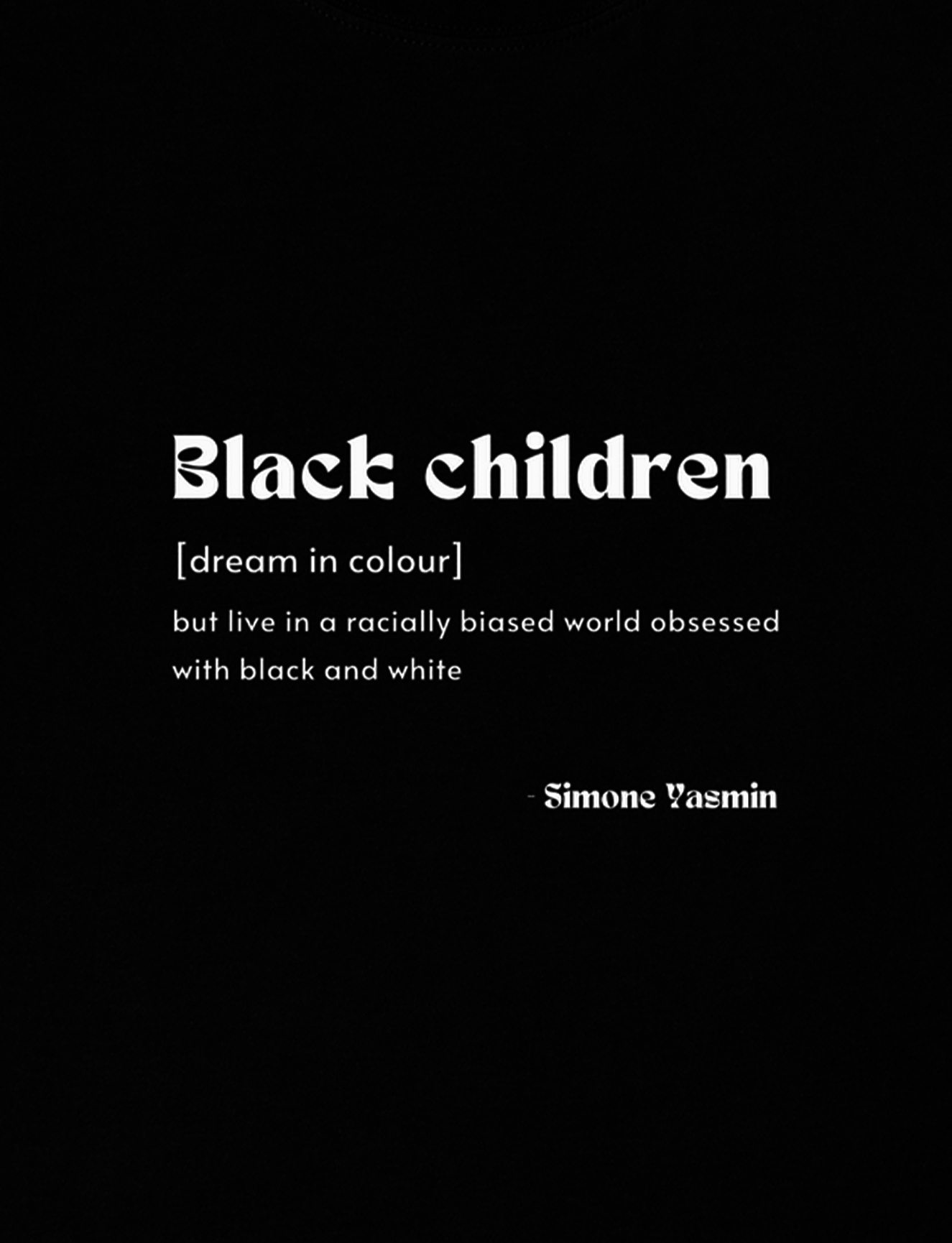This is a neighbourhood restaurant, a place that serves its community’s needs for a good brunch prix fixe with Bloody Marys and mimosas. There are very few of them in Old San Juan, where tourists tend to have the run of the town. Yet gems such as this remain, and somehow stay quiet and maintain their character. Bodega Chic has been open for 17 years.
Creating this kind of space—or, as it might be referred to today, vibe—doesn’t happen overnight. To cultivate a neighbourhood restaurant, there has to be a specific interplay of quality food, timeless aesthetic, and ease that one doesn’t find at hyped up spots or in finer dining. The neighbourhood restaurant serves an explicit purpose in serving its locals without throwing up a neon sign for Instagram that says, “This must be the place.” Trendy items aren’t added to the menu in bids for social media or blog attention: A neighbourhood restaurant is what it is, without apology.
Creating this kind of space doesn’t happen overnight
For newer owners, resisting the temptation of inviting guests in with shareable motifs and simple slogans must be difficult. In a day and age when a certain kind of flashiness sells online, how do you build a neighbourhood restaurant, one that can last no matter what the next app demands, that can stand the test of both time and algorithms?
Diego San Miguel, owner of bakery Panoteca San Miguel in the San Juan suburb of Cupey, started by opening up in the suburbs, despite invitations to be more centrally located. He opened in late 2021 after building his business through pop-ups, wholesale, and pre-ordered retail; now, four months into opening, they’re completely sold out of sourdough loaves, baguettes, hamburger buns, and sweet Mallorcas on a Wednesday at 2 p.m. The cashier counts up tips in front of wiped-out shelving.
The front of the bakery for guests is tiny, leading to Thursday pizza nights where everyone bleeds into the parking lot to balance boxes and glasses of wine. That’s because the first design decision San Miguel made was to dedicate most of the space to the bakers in the back, where they have huge windows with natural light to wake them up on early mornings. Loaves and buns move through a bright blue—Frida blue, I call it—swinging door that sometimes has handprints of flour on it. Light natural wood and this big blue are the overarching themes, along with striped shirts designed by a local designer, Yayi Perez. The aesthetic is so tight that it could come off as contrived, if the atmosphere and food weren’t so inviting and convivial.
You have to really hone in on the details
To San Miguel, all of it serves the bread. “I like the details,” he tells me over the phone. “I think that’s something that really adds up and accumulates in the experience or quality, because for me it’s a reflection of what it takes to make good bread. You have to really hone in on the details.”
Both of these spaces, which are homey and casual but take a serious approach to their craft, remind me of my neighbourhood restaurants in Brooklyn, where I lived before moving to San Juan in 2019. Rue Dix, a French-Senegalese restaurant in Crown Heights, had such a pronounced aesthetic that it bled into a boutique next door, Marche Rue Dix, but the kale salad never faltered in intense citrus zing and the hot sauce was always the spiciest one could find in the area. The geometric print painted on the bar, the high ceilings, and the mirror behind the bar never fell into the arena of Instagram kitsch because there’s honesty: in the design, in the food. It comes from a place of genuine visual identity married with culinary perspective.
The shine of a neighbourhood restaurant never wears down
I never want to judge a restaurant solely on its naked pleas for Instagram attention—not just the neon signs, but also fake grass on the walls, excessive “jungle” fauna, and nonsensical cocktail glassware—yet these tend to be signals that money will be wasted and connections will not be forged. The shine of a neighbourhood restaurant never wears down, never feels outdated. How could it? Amid all the eating and talking, one barely notices what’s decorating the walls and rarely stops to snap a picture.
Read More: Explore 2022’s Shop Local collection.






